Introduction: Freestyle Libre 2 Accuracy Problems
In the ever-evolving landscape of diabetes management, continuous glucose monitoring (CGM) systems have emerged as game-changers, offering real-time insights into glucose fluctuations and empowering patients to make informed decisions about their care. Among the various CGM options available, the FreeStyle Libre 2 has garnered significant attention, both for its innovative technology and the concerns surrounding its accuracy. As a diabetes expert, it’s my responsibility to delve into the intricacies of this device, providing diabetic patients with a comprehensive understanding of its performance and equipping them with the knowledge to optimize its use.
The Anatomy of CGM Accuracy
Before we dive into the specifics of the FreeStyle Libre 2, it’s crucial to acknowledge that no CGM system is an infallible oracle of glucose readings. Several intricate factors can influence the accuracy of these devices, each playing a distinct role in shaping the overall picture.
Physiological Factors: The Body’s Influence
Our bodies are complex ecosystems, and certain physiological conditions can impact the accuracy of CGM readings. Dehydration, for instance, can skew results by altering the fluid dynamics surrounding the sensor. Physical activity, too, can lead to discrepancies, as increased blood flow and tissue compression can affect the sensor’s ability to accurately detect glucose levels.
It’s important to note that CGM systems measure interstitial fluid glucose levels, which can lag behind blood glucose levels by up to 15-20 minutes during periods of rapid glucose fluctuations. This physiological delay can contribute to apparent inaccuracies, particularly in situations where glucose levels are changing rapidly.
Sensor Placement Location
The placement of the CGM sensor on the body can significantly impact accuracy. Areas with less subcutaneous tissue, such as the abdomen or upper arms, may provide less reliable readings compared to regions with more adipose tissue, like the thighs or buttocks. Additionally, proper sensor insertion technique is crucial, as a poorly inserted sensor can lead to inaccurate readings or even sensor failure.
Calibration: The Key to Precision
CGM systems like the FreeStyle Libre 2 require periodic calibration with fingerstick blood glucose measurements. Inaccurate calibration can propagate errors throughout the system, leading to significant discrepancies in readings. Factors such as improper calibration technique, timing, or calibration with inaccurate fingerstick measurements can all contribute to reduced accuracy.
The FreeStyle Libre 2 Under the Microscope
With an understanding of the factors influencing CGM accuracy, let’s turn our attention to the FreeStyle Libre 2 and dissect the available data on its performance.
Overall Accuracy: The Mean Absolute Relative Difference
The mean absolute relative difference (MARD) is a widely accepted metric for evaluating CGM accuracy. It represents the average percentage difference between CGM readings and reference blood glucose measurements. According to the manufacturer’s data, the FreeStyle Libre 2 boasts a MARD of approximately 9.2%.
To put this into perspective, a MARD of 9.2% means that, on average, the CGM readings differ from reference values by roughly 9.2%. While this figure may seem acceptable, it’s important to note that MARD values can vary across different glucose ranges and individual users.
Accuracy in Specific Glucose Ranges
Several studies have delved deeper into the accuracy of the FreeStyle Libre 2 across different glucose ranges. One particular area of concern is the hypoglycemic range (low blood sugar levels). Some research has suggested that the device may be less accurate in this critical range, which could potentially lead to missed or delayed treatment of hypoglycemia.
For example, a study published in the journal Diabetes Technology & Therapeutics found that the FreeStyle Libre 2 had a MARD of 16.6% in the hypoglycemic range (<70 mg/dL), compared to a MARD of 8.7% in the euglycemic range (70-180 mg/dL) and 10.1% in the hyperglycemic range (>180 mg/dL).
It’s important to note that these findings are not unique to the FreeStyle Libre 2, as other CGM systems have also demonstrated varying degrees of accuracy across different glucose ranges.
Rapid Glucose Changes: The Challenge of Keeping Up
One of the inherent limitations of CGM technology is its ability to accurately track rapid glucose changes. As mentioned earlier, there is a physiological lag between interstitial fluid glucose levels (measured by CGMs) and blood glucose levels. During periods of rapid glucose fluctuations, such as after meals or exercise, this lag can lead to discrepancies between CGM readings and actual blood glucose values.
A study published in the Journal of Diabetes Science and Technology evaluated the performance of the FreeStyle Libre 2 during periods of rapid glucose changes. The researchers found that the device had a MARD of 14.2% during periods of rapid glucose increase and 13.4% during periods of rapid glucose decrease, compared to a MARD of 10.1% during periods of stable glucose levels.
These findings underscore the importance of understanding the limitations of CGM technology and the need for confirmatory fingerstick testing, particularly in situations where accurate readings are critical, such as during episodes of rapid glucose changes or suspected hypoglycemia.
Optimizing Accuracy: Best Practices for Diabetic Patients
While acknowledging the potential accuracy concerns surrounding the FreeStyle Libre 2, it’s important to recognize that this technology has revolutionized diabetes management and empowered countless individuals to take control of their condition. However, to reap the full benefits of this device and mitigate potential inaccuracies, diabetic patients should adopt a proactive approach and follow best practices.
Proper Sensor Insertion and Placement
Adhering to the manufacturer’s instructions for sensor insertion and placement is crucial for ensuring accurate readings. Choosing an appropriate site with sufficient subcutaneous tissue and following the correct insertion technique can help minimize errors. Additionally, rotating sensor sites and avoiding areas with less adipose tissue can further optimize accuracy.
Diligent Calibration
Regular and accurate calibration is vital for maintaining the reliability of CGM readings. Diabetic patients should follow the manufacturer’s calibration guidelines precisely, using properly coded and maintained blood glucose meters for calibration. It’s also essential to calibrate at appropriate times, such as when glucose levels are stable, to minimize the impact of rapid glucose changes on calibration accuracy.
Symptom Awareness and Confirmatory Testing
While CGM systems offer invaluable insights, it’s crucial for diabetic patients to remain attentive to their physical symptoms and not rely solely on CGM readings. If there is a discrepancy between CGM readings and physical symptoms, confirmatory fingerstick testing should be performed immediately, especially in situations where accurate readings are critical, such as during suspected hypoglycemia or before making treatment decisions.
Open Communication and Education
Maintaining open communication with healthcare providers and seeking ongoing education about CGM technology and its proper use is essential. Healthcare professionals can provide personalized guidance on interpreting CGM data, addressing concerns, and developing strategies to optimize accuracy and overall diabetes management.
Conclusion: Embracing Technology with Wisdom
The FreeStyle Libre 2, like any other CGM system, is not a flawless oracle of glucose readings. However, when used judiciously and with an understanding of its limitations, this technology can empower diabetic patients to take control of their condition and make informed decisions about their care.
By recognizing the factors that can influence accuracy, adhering to best practices, and maintaining open communication with healthcare providers, diabetic patients can navigate the challenges posed by potential inaccuracies and unlock the full potential of the FreeStyle Libre 2 in their journey towards optimal glucose management.
As diabetes experts, patient’s primary care physician should equip patients with the knowledge and tools necessary to harness the power of CGM technology while remaining vigilant and proactive in their care.

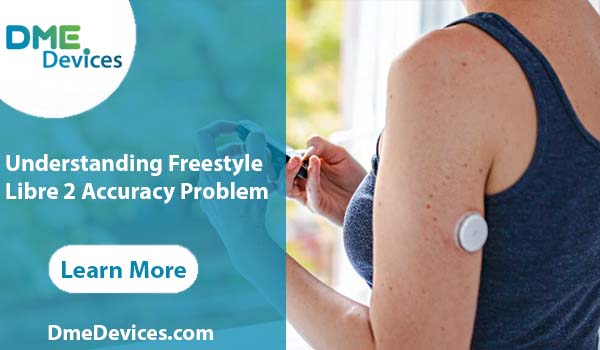

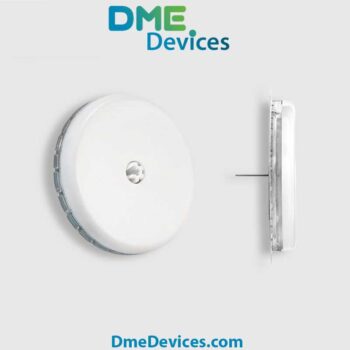



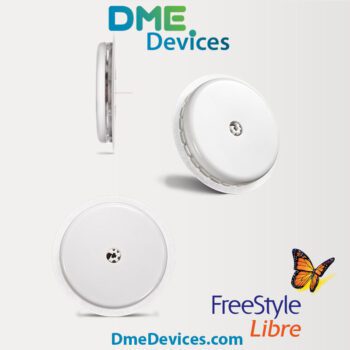


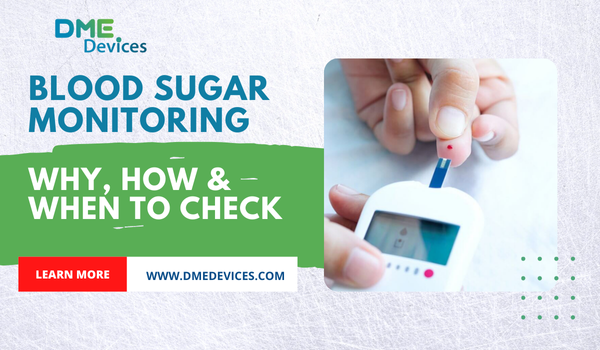

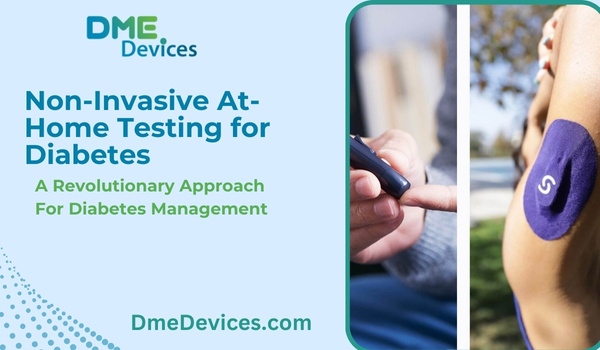
Write a comment
Your email address will not be published. All fields are required